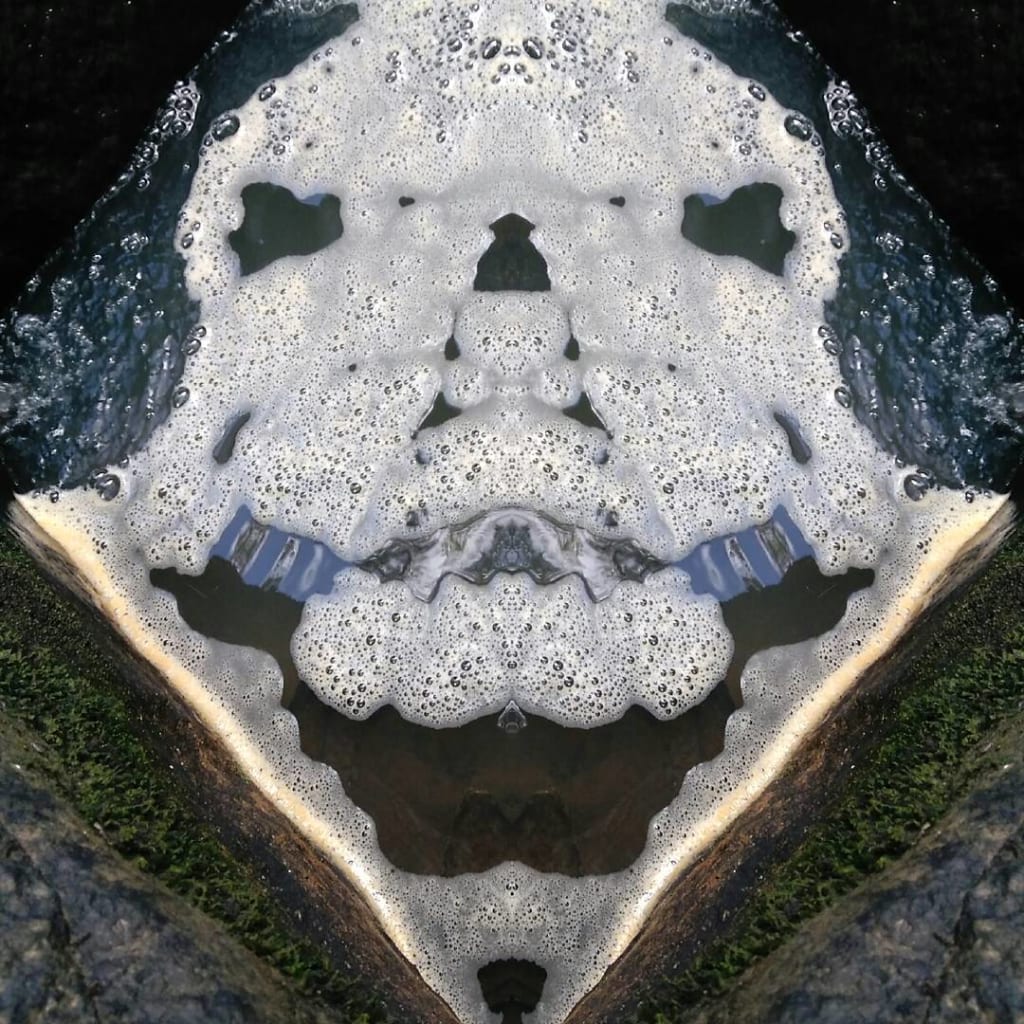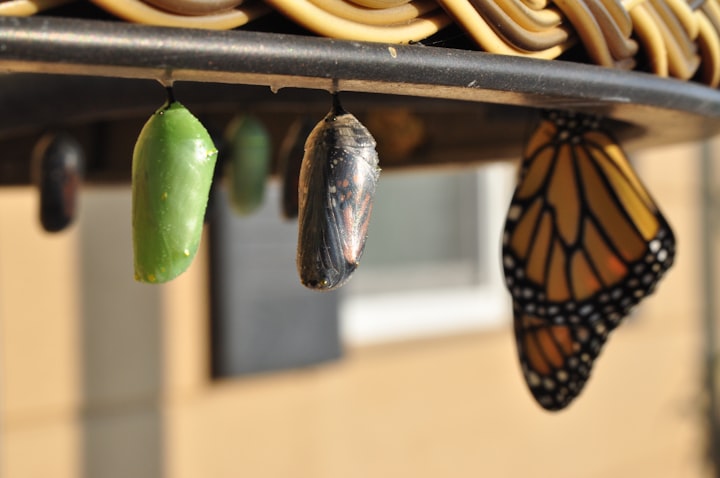Environmental Equality: Water's Worth
My Research on the Abuse of Water

Water is pure liquid hydrogen and oxygen and makes up more than half of the human body. In the article, “Six Natural Resources Most Drained by our 7 Billion People,” Camila Ruz argues, “Fresh water only makes up 2.5 percent of the total volume of the world’s water… 70 percent of that freshwater is in the form of ice… so by 2025, people could be living in countries with absolute water scarcity.” (Ruz) Since the Earth already has minimal freshwater resources and overpopulation, water will be considered endangered by 2025. Water is a necessity, and without it, it will be impossible for flora (plants) and fauna (animals) to survive. Here is more information on how our water is filtered, how the chemicals affect us, and how to preserve it.
Increasing natives puts our resources at risk, and now they are also poisoning our bodies. The Asian-Pacific Economic Cooperation (APEC) discusses how tap water is filtered and delivered. It all begins, “at the treatment plant, where chlorine is added to coagulate organic particles; then the water is put into a settling basin to let the precipitate settle; the water is filtered through sand filters; finally, the water is treated with lime to adjust pH, and is put into storage reservoirs for home delivery.” (APEC) Basically, a bunch of chemicals are added in the water, it is filtered through tiny holes to rid the water of bacteria, and most of the pollutants still remain. This is detrimental to our health because they are substituting natural antibodies with unnatural substances that deteriorate our organs little by little. There are many more places where things are much worse, like at Standing Rock Indian Reservation in North Dakota. A report titled, “These Are the Defiant 'Water Protectors' of Standing Rock,” Saul Elbein wrote that, “President Trump advances Dakota Access and Keystone XL pipelines, despite protest by hundreds of indigenous tribes from every state in the United States and from countries as far as Tibet, Sweden, Guatemala, and Brazil.” (Elbein) These Sioux Indians have fought since the creation of the United States of America, and right now in North Dakota they are the only people with fresh clean water. Michael McLaughlin’s “North Dakota Oil Pipeline Spills An Estimated 176,000 Gallons” discusses that “about 150 miles from where thousands have protested for months, that the Dakota Access pipeline could threaten a Sioux tribe’s water supply, a pipeline in the western part of North Dakota has spilled more than 130,000 gallons of oil into a creek, state officials said.” (McLaughlin) This tribe of people have gathered together, in snow and ice, to protect their only sacred place of water supply, and it is being envenomed by oil all around. In Flint, Michigan the people didn’t really have a choice, nor did they know of the consequences waiting ahead. In the article, “It’s Now Been Three Long Years Since Flint Had Clean Water,” Nika Knight writes, “April 24, 2014 was the day that city officials made the disastrous decision to switch the city's water source to the Flint River, whose polluted water corroded aged lead pipes and poisoned residents' water with lead.” (Knight) It has been three years since Flint, Michigan has seen clear water come out of their faucet; for three years they have been struggling to prepare food, and keep their families healthy. The article later states that Marc Edwards commented, on Public Radio International, that “lead was something that was once ignored, covered up, and now it's taken very seriously and we're even starting to see some improved sampling in schools, which I thought we might never see in my lifetime.” (Knight) Most of these controversial articles are left under the rug hiding from social exploitation, so slick water companies can continuously slip salt in our drinks. It’s not the water that is harming us, but the poisonous particles invisible to the human eye and mind.
Careless attempts to clean our water has caused severe pollution and health risks. In the article, “New Challenges of Water Pollution in Europe and their Socioeconomical Impact,” Emmanuel Ngaha declares that “pollution causes an increase in the annual price of water for households, increased grant requirements, a rise of certain diseases, and even an impairment of the natural heritage of people.” (Ngaha) He is saying that the increase in pollution is causing a rise in economic issues, also that it takes away from natural rights. “What’s in your drinking water?” is a question often asked and answered, “water may contain undesirable contaminants like toxic metal salts, hormones, pesticides, or it maybe contaminated by chemicals or microbes in pipes.” (“What’s in your drinking water?”) All kinds of chemicals are released in our water to kill off bacteria and dirt particles. What we don’t know is how they react in our bodies. According to Dr. Edward and “12 Toxins in your Drinking Water”: “Chlorine makes up hydrochloric acid in your stomach, it also causes respiratory problems, damages cells, and causes memory loss; Lead is also found in tap water, like in Flint, Michigan, and it affects every organ, stunts growth, causes deafness, and brain damage; Mercury in our water can lead to blindness, nerve damage, and migraines; also Arsenic can be discovered and causes vomiting, diarrhea, death and/or cancer.” (Edward) Fluoride is another chemical that has people convinced it is beneficial, since it whitens your teeth, but in actuality, too much can harm your thyroid and calcify your pineal gland. (Edward) This is only a fraction of what is sprinkled in our water and sounds like a death sentence. Don’t worry, a step to saving your life and this nation’s starts with preservation.
Some of the effects of water pollution are irreversible and nearly impossible to simply filter out. In the piece, "Water Pollution," Robert Cullers’ claims, “In the long run, it is easier to prevent pollution of natural waters than to try to clean a polluted water supply or remediate sources of pollution.” (Cullers) This means that it is far simpler to prevent pollution in our water than it is to take it out. The Environmental Protection Agency (EPA) has conserved our water by making “growing public awareness and concern for controlling water pollution amended in 1972 and is commonly known as the Clean Water Act.” (EPA) Our government has established some minor laws and regulations for what should go in and be taken out of our water. Pollution won’t end in a day or even a week, but it all starts with an individual. In the article, “Ten Things You can do to Reduce Water Pollution,” demonstrates some key behaviors to follow. For instance; “don’t pour cooking fat down the sink, household chemicals, paint, or pills; don’t use your toilet as a trash can; avoid your garbage disposal; and only wash clothes if you have a full load.” (“Ten Things You can do to Reduce Water Pollution”) These acts prevent trash and poisonous chemicals from seeping into fresh water from individual households. Do what you can to prevent poisoning our water supply with individual hands. There is only a small percentage of fresh water left, so do what’s best by conserving your water supply.
Water holds an important role in all of our lives as living beings. How it is treated determines how it will treat us. If you choose to protect it, it will keep you rejuvenated, whether with a fresh glass or a cleansing rinse. Water connects us to the world because it is a necessity as a whole for all flora and fauna. From the atmosphere to the core of the Earth to your home, take the time to preserve what clean water we have left. Remember that what comes directly out of your faucet isn’t the best, but it is what we have left, and you now know how to protect it.
Works Cited
"Ten Things You Can Do To Reduce Water Pollution." Ten Things You Can Do To Reduce Water Pollution | Simsbury CT. N.p., n.d. Web. 19 Apr. 2017.
"Environment Law in the Northern Territory." Environmental Defenders Office NT Inc. N.p., n.d. Web. 19 Apr. 2017.
Burke, Jason, and Mark Townsend. "Earth 'will expire by 2050'" The Observer. Guardian News and Media, 07 July 2002. Web. 19 Apr. 2017.
Ruz, Camila. "The six natural resources most drained by our 7 billion people." The Guardian. Guardian News and Media, 31 Oct. 2011. Web. 19 Apr. 2017.
Geoff, [email protected]. "What's in your drinking water?" Tap Water Content - chemicals and contaminants in water. N.p., n.d. Web. 19 Apr. 2017.
"History of the Clean Water Act." EPA. Environmental Protection Agency, 25 May 2016. Web. 19 Apr. 2017.
Emmanuel, Ngaha, et al. "New Challenges of Water Pollution in Europe and Their Socioeconomical Impact." Annals of the University of Oradea, Economic Science Series, vol. 25, no. 2, Dec. 2016, pp. 67-74. EBSCOhost, proxygsu-sbib.galileo.usg.edu/login?url=http://search.ebscohost.com/login.aspx?direct=true&db=bth&AN=120823133&site=eds-live&scope=site.
Cullers, Robert L. "Water Pollution." Salem Press Encyclopedia, January. EBSCOhost, proxygsu-sbib.galileo.usg.edu/login?url=http://search.ebscohost.com/login.aspx?direct=true&db=ers&AN=89474514&site=eds-live&scope=site.
"Top 10 Health Benefits of Drinking Water." Top 10 Home Remedies. N.p., 30 Aug. 2014. Web. 19 Apr. 2017.
"12 Toxins in Your Drinking Water." Dr. Group's Healthy Living Articles. N.p., 14 Apr. 2016. Web. 19 Apr. 2017.
"How is tap water treated and delivered?" Water quality information - How Tap Water is Treated and Delivered | APEC Water. N.p., n.d. Web. 19 Apr. 2017.
"Stand with Standing Rock." Stand With Standing Rock. N.p., n.d. Web. 19 Apr. 2017.
Elbein, Saul. "These Are the Defiant "Water Protectors" of Standing Rock." National Geographic. National Geographic Society, 14 Apr. 2017. Web. 19 Apr. 2017.
McLaughlin, Michael. "North Dakota Pipeline Spills An Estimated 176,000 Gallons Of Oil." The Huffington Post. TheHuffingtonPost.com, 13 Dec. 2016. Web. 19 Apr. 2017.
"It's Now Been Three Long Years Since Flint Had Clean Water." Common Dreams. N.p., n.d. Web. 26 Apr. 2017.






Comments
There are no comments for this story
Be the first to respond and start the conversation.